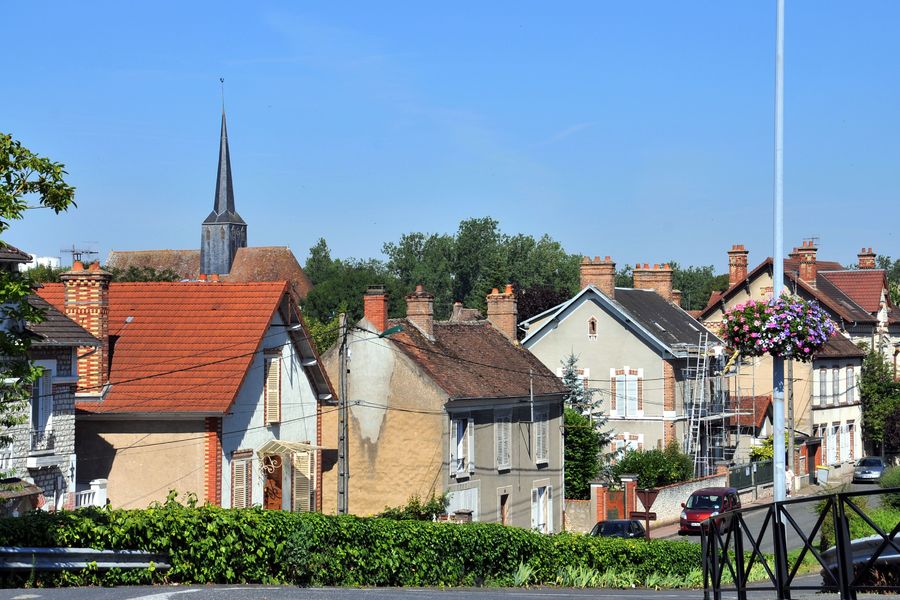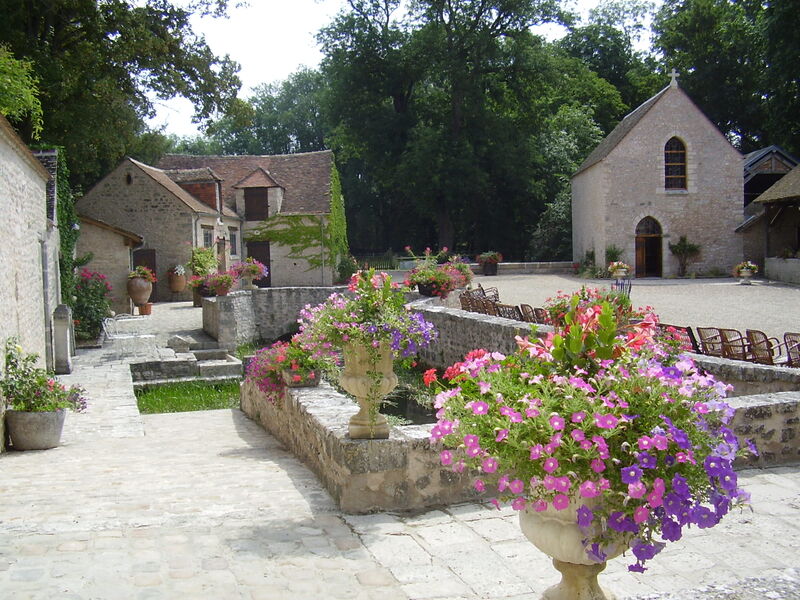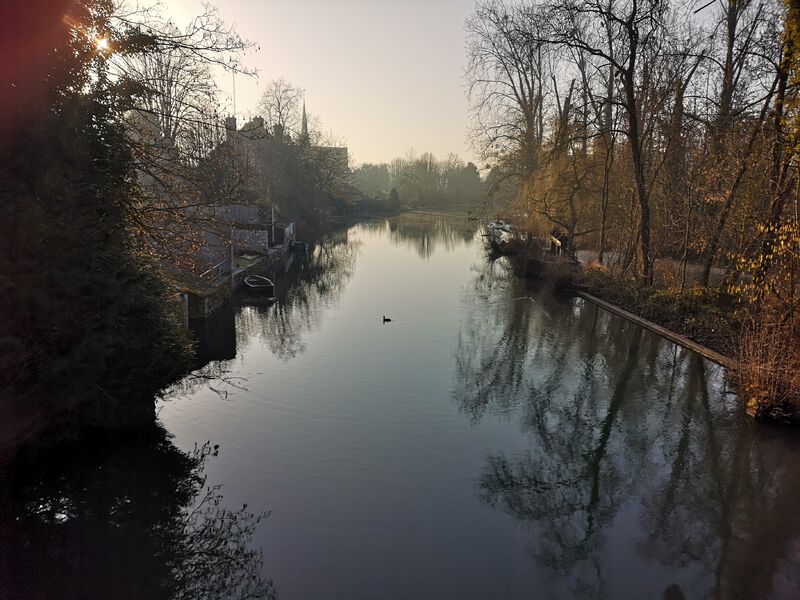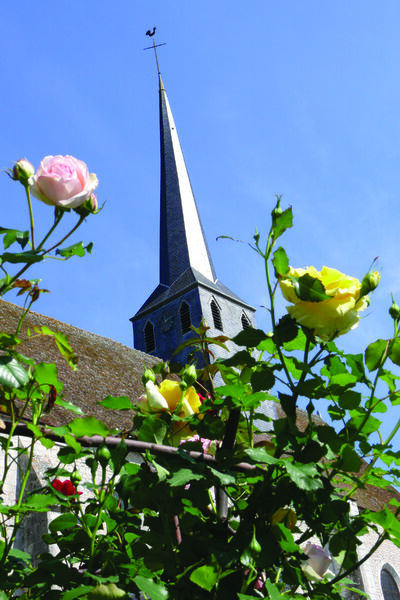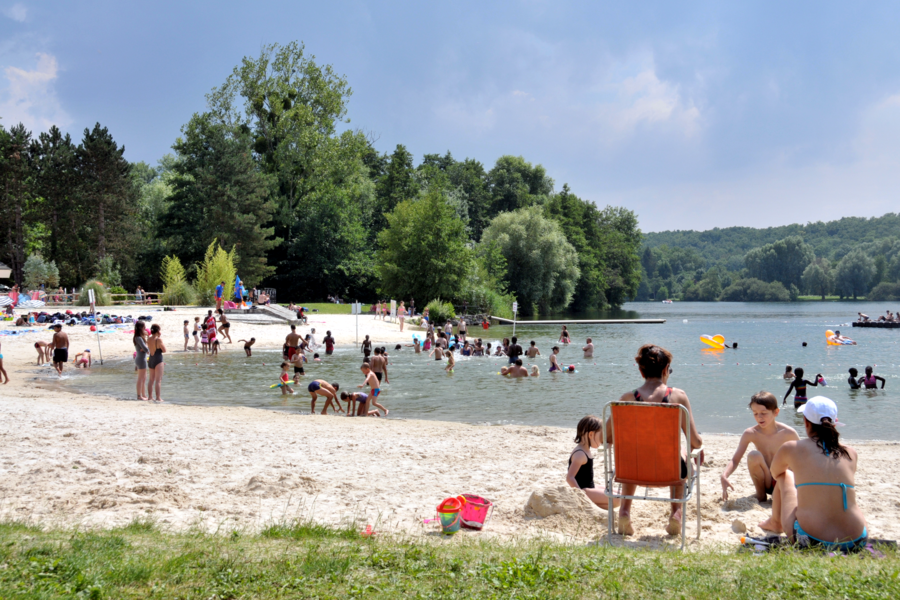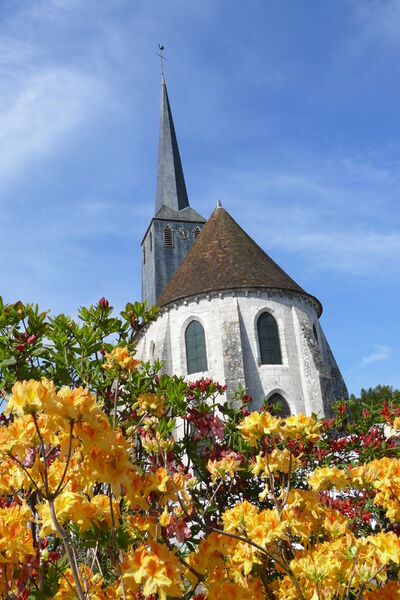Souppes-sur-Loing
Souppes-sur-Loing
Souppes-sur-Loing
Here, it's your choice: relaxation, culture or both ...
One hour from Paris, south of the Seine et Marne, along the Loing and the accompanying canal, here is a town of 5,700 inhabitants where life is good.
It has been awarded the Blue Flag for 16 years for its environmental efforts. While it offers visitors its vestiges of time and its facilities in the heart of superb nature.
Its leisure center, its campsite, the Scandibérique and its hiking trails make Souppes the city of all leisure activities.
This historic town invites you to discover its church, its Cistercian abbey, its stone quarries, its old Lordship and its Neolithic polishers.
Four millennia ago, our ancestors from the Neolithic era already occupied the site, as evidenced by eight sandstone polishers found on the territory of the municipality.
However, it is precisely the limestone of its soil that the city owes its fame. If the town is dedicated to stone, it is also to water. Its name, noted in the form Supae in 1090, comes from the word suppa which, in old Germanic, means "wet place".
Formerly, in fact, the Loing often came out of its bed, forming swamps that the monks of Cercanceaux worked to clean up. Now that modern developments protect the valley from such a disaster, the banks of the Loing and those of the canal have become remarkably suitable for walking.
It has been awarded the Blue Flag for 16 years for its environmental efforts. While it offers visitors its vestiges of time and its facilities in the heart of superb nature.
Its leisure center, its campsite, the Scandibérique and its hiking trails make Souppes the city of all leisure activities.
This historic town invites you to discover its church, its Cistercian abbey, its stone quarries, its old Lordship and its Neolithic polishers.
Four millennia ago, our ancestors from the Neolithic era already occupied the site, as evidenced by eight sandstone polishers found on the territory of the municipality.
However, it is precisely the limestone of its soil that the city owes its fame. If the town is dedicated to stone, it is also to water. Its name, noted in the form Supae in 1090, comes from the word suppa which, in old Germanic, means "wet place".
Formerly, in fact, the Loing often came out of its bed, forming swamps that the monks of Cercanceaux worked to clean up. Now that modern developments protect the valley from such a disaster, the banks of the Loing and those of the canal have become remarkably suitable for walking.
- French

